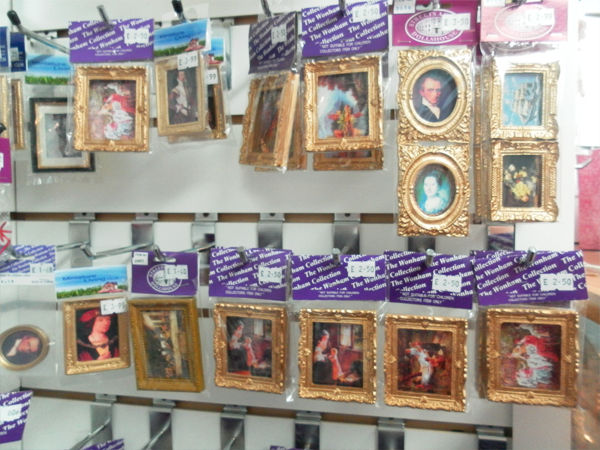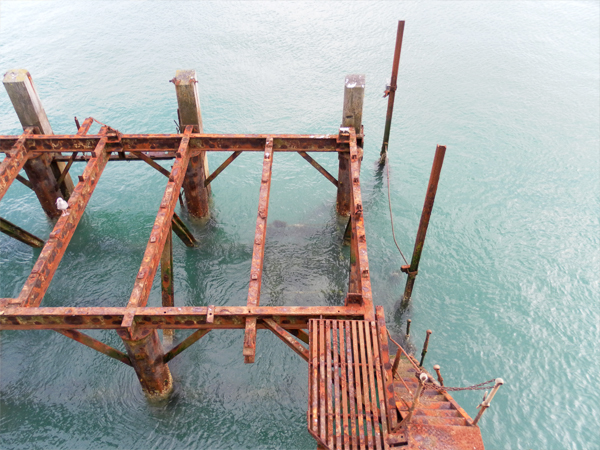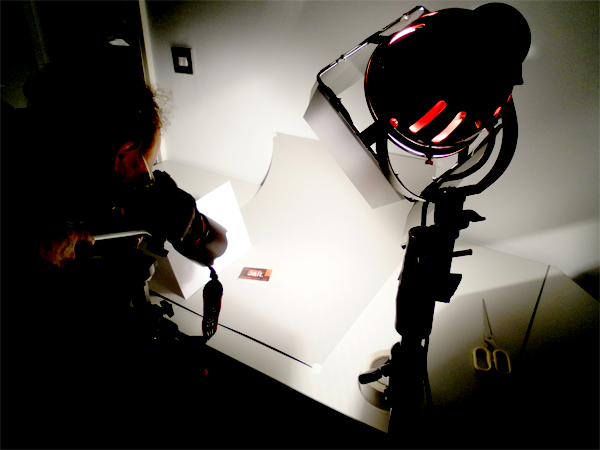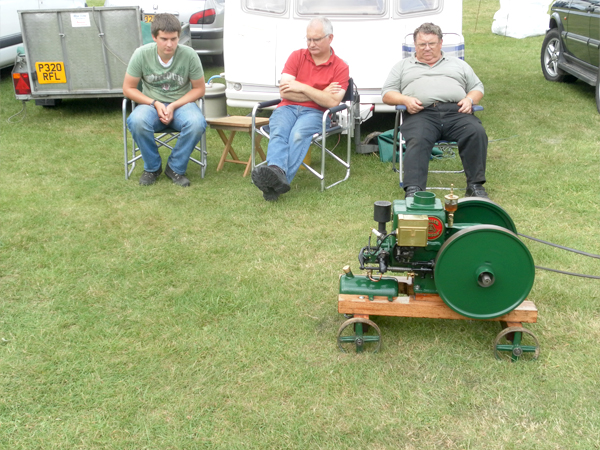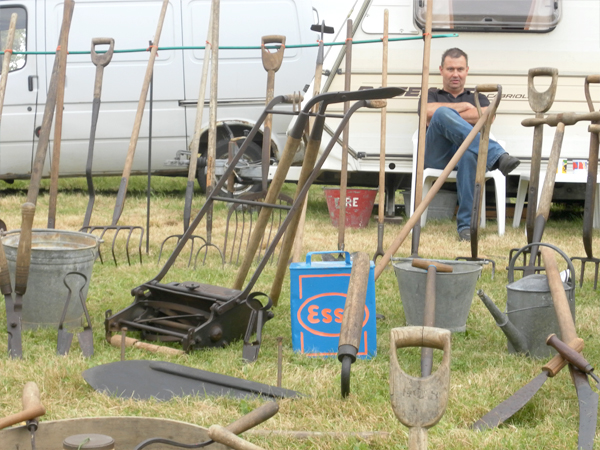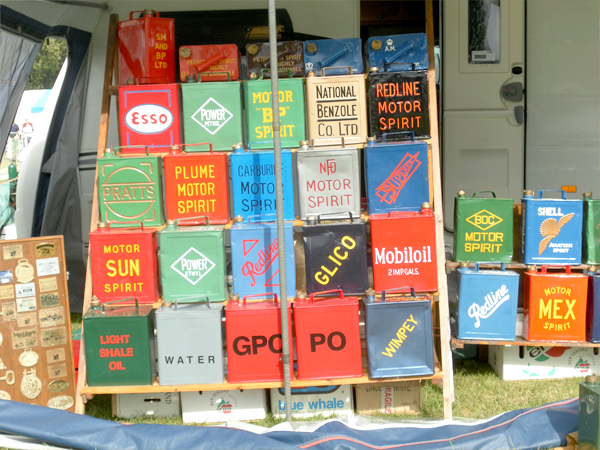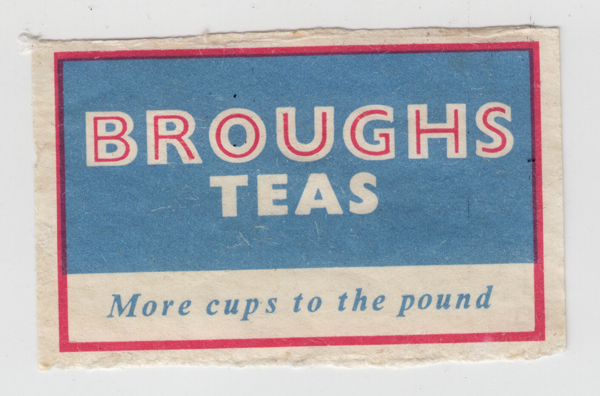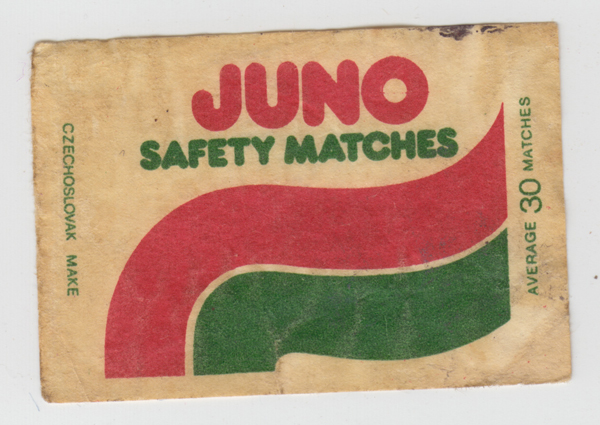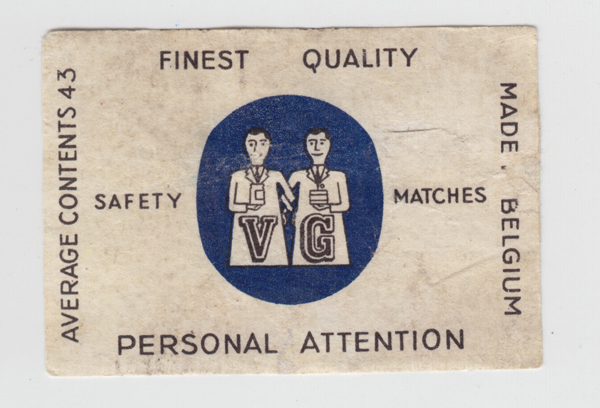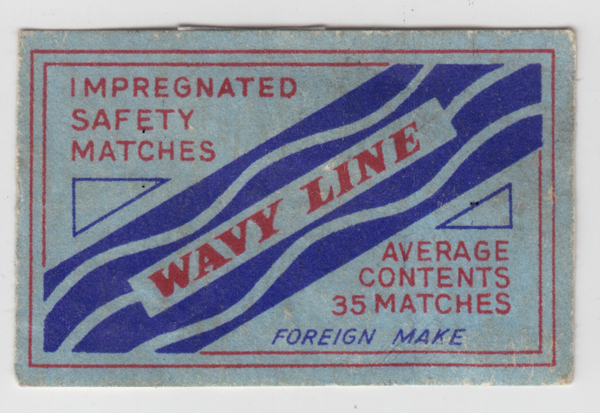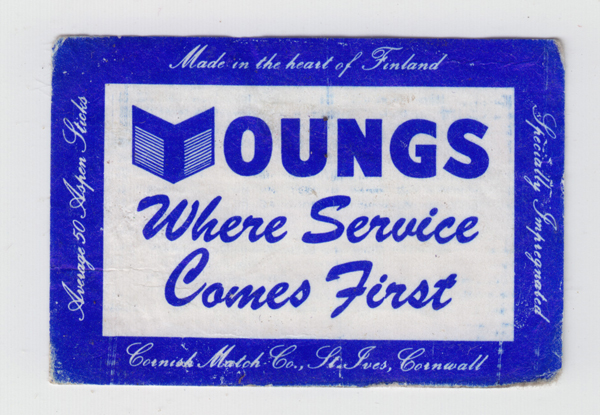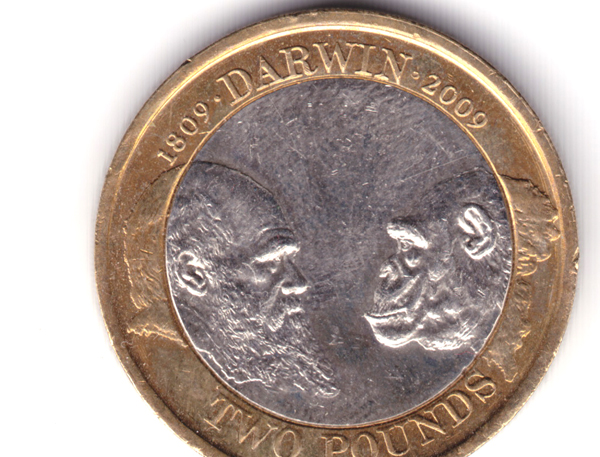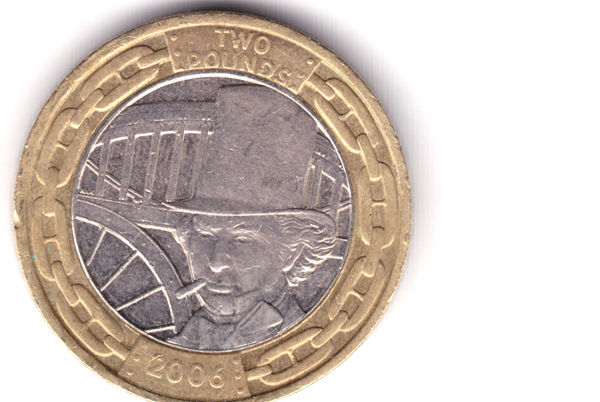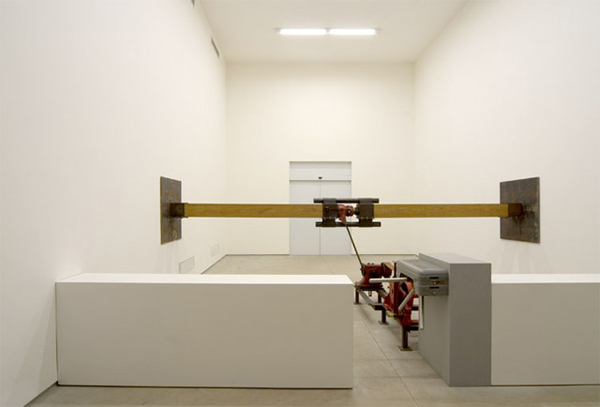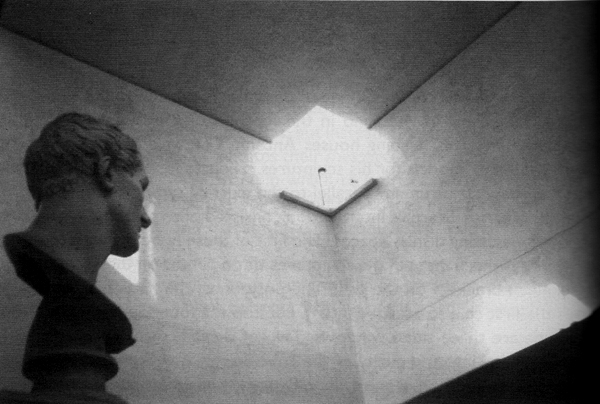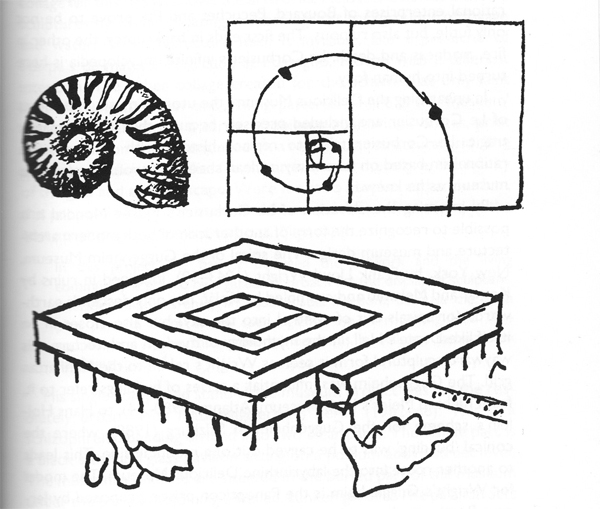Matchbox Labels
Here follows a select few from a new collection. Acquired complete from a charity shop in Harrogate, these matchbox labels are legitimately allowed to take up vital space in my flat as they are small and can be considered 'work related' being as they are graphics. For these reasons they get a pass, that and they are also gorgeous. I love the variations in the same manufacturers labels over time.
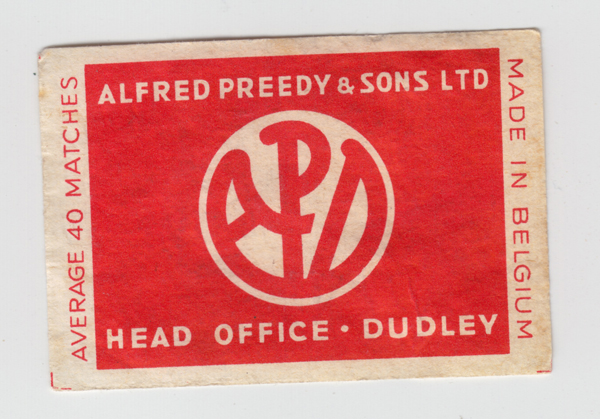
Coins
I have a problem with collecting- It takes up time and money and space. I've come up with a way of dealing with some of these collections and that is to document them and then let them go. It ties in with an idea I had whilst doing my collections project about sequential collecting. A good example might be the motor enthusiast who has only limited resources and so might decide to own certain cars in succession- a Jaguar E Type then sell it, an Aston Martin DB5 (a step up!) then sell it. I have neither the money or space for very many things, least of all cars- these coins took my fancy. Little metal objects I like and engineering and scientific legends I also like. These coins have now been released back into the wild.

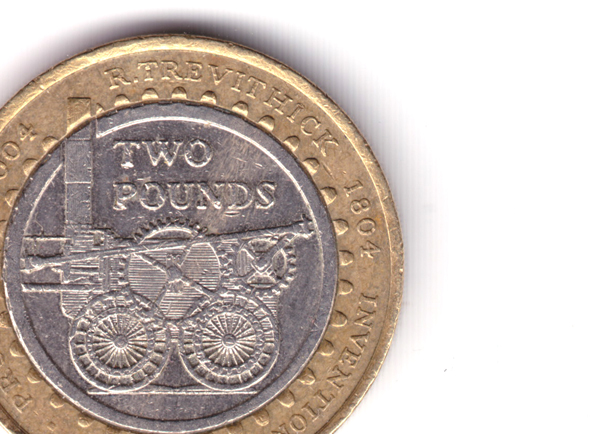
The Museum of Everything #3

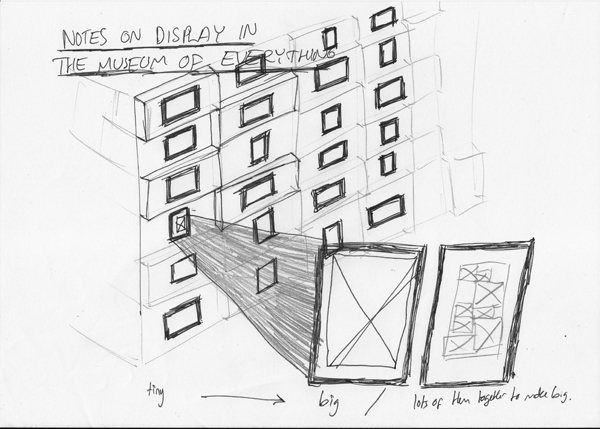 Me and my lovely girl popped over to the Museum of Everything over in Primrose Hill today. I had high hopes after last years first show which was brilliant (see old post here: post!).
The pictures above are a sticker you get on entry and a sketched version of, what for me was the most interesting hanging space in the whole show: a narrow corridor with breeze blocks hung with small frames holding small postcards. There were also large blow ups of some of the postcards (about a1 and bigger) which was a nice play on scale (a recurring theme), and also some large pieces made up of lots of small pieces (I know what I mean but maybe the picture will help if you don't).
Me and my lovely girl popped over to the Museum of Everything over in Primrose Hill today. I had high hopes after last years first show which was brilliant (see old post here: post!).
The pictures above are a sticker you get on entry and a sketched version of, what for me was the most interesting hanging space in the whole show: a narrow corridor with breeze blocks hung with small frames holding small postcards. There were also large blow ups of some of the postcards (about a1 and bigger) which was a nice play on scale (a recurring theme), and also some large pieces made up of lots of small pieces (I know what I mean but maybe the picture will help if you don't).
Firstly, as I say, I had high expectations and one of the things I didn't like as much as last time was the use of the space and the route they took you on through it. I have vivid memories of being guided through a minor labyrinth of small spaces and corridors to come to an opening which gave onto the top of a set of stairs and an enormous double or triple height space, the walls of which were covered in work- proper salon style. The amazing feeling of unexpectedness was really special to me, this time we were guided another way through the space (which had been reconfigured slightly anyway) and that moment of awe wasn't as poignant as it had been in the first show. Also the contrast of small rooms and corridors to large spaces wasn't as apparent as it had been.
Having said that the show still threw up the strange 'grotto' like environments which characterised the last show. Shells adorning an entire room reflected the obsessive nature of the collector and the room with the homemade miniature fairground which was animated 4 times an hour intoxicated as you waited for it to come to life and then left you with a childish giddyness 2 minutes later as it died.
The weird lighting made the badly placed plaques really hard to read but fortunately most gave little added information to the work. There were a few that felt right. One story about a screen that Sir Peter Blake had bought told how he'd purchased it rather than a roomful of stamps. The story left you not regretting that he hadn't bought them but you did want to see them, and I suppose it was more that you were intrigued by Peter Blakes' character rather than anything else- what decisions informed his choices and also wondering at the opportunities that were presented to him- who else is offered the chance to purchase a room full of stamps. Fantastic.
The light however did give some dramatic shadows which were really great but unfortunately couldn't be documented due to the 'No Photography' rule. This would have been fine but there was no affordable catalogue or any exhibition view postcards. (As you can tell I'm more interested in the display, feel and curation of this exhibition which often isn't documented in the 'gift shop' at the end. I don't like organisers and institutions to govern the visual 'memories' I take from a place.)
Now onto some of the work shown. Walter Potter was a taxidermist and he made dioramas of scenes cast with stuffed animals. The interesting thing about his work (other than the 'freak' 2 headed lamb and 3 legged sheep he taxidermied), was the use of scale it employed. In one scene a doll's house was used in place of a real house, makes sense. But then a normal cat cannot inhabit the same world as the scaled down house. In it's place a kitten is used, and puppies and baby mice and an assortment of infant creatures who themselves are strangely proportioned when compared to their adult forms. Then there is a cockerel- and here Potter used carefully selected and positioned feathers from an actual cockerel on a small former. Likewise a cow, even in infancy, is not the correct scale for this scene and so calf skin is stretched expertly over a cow shaped frame to produce the correct effect. This range of skills, techniques and real and 'fake' creatures leads to a crazy scene of miniaturisation and freakishness. I'm reminded of a quote from Calum Storrie ('From Soane to Soane' in Inventory Vol 2, No. 2, edited by Neil Cummings (1997).)
"Each railway station, car, gun and doll's house shows us our world made small. Of course by juxtaposing different scales of object this world is made absurd. So what at first, appears as a way of simply relating to the world (especially the world of made things) is actually a mad tableau which defies coherence."
I also really enjoyed how personal and intimate the whole Museum feels, the hand crafted feel reflects the outsider/folk art which it exhibits. Here I should give a nod to This Is Studio, who created the branding and graphics for the show- lovely stuff. Link: thisisstudio.co.uk. There is no getting away from the humanness of the show. The Museum is very accessible and welcoming. The curio/ freak show aspect of the work shown arouses the voyeuristic tendencies in us and, as the introductory panel encourages you- it's about the experience of it as much as anything else. Certainly as you enjoy a cup of tea afterwards you feel like the tip through the varied rooms, corridors, spaces and types of work was similar to an hour and half tour through the human mind.
The Museum of Everything runs until Christmas in Primrose Hill. Link here. Map here.
Notes on The Delirious Musuem
I recently read The Delirious Museum by architect and exhibition designer Calum Storrie. Here's some of my favourite bits. ----
Introduction pg 3: Robert Venuri:
"I am for messy vitality over obvious unity. I include the non-sequitur and proclaim the duality. I am for richness of meaning rather than clarity of meaning; for the implicit function as well as the explicit function. I prefer 'both-and' to 'either-or', black and white, and sometimes gray, to black or white."
----
pg 67: Samson by Chris Burden is a piece of art that pushes apart the gallery it's in as visitors enter through a turnstile.
----
pg 138: This is Gipsoteca Canoviana in Possagno, Italy. A building designed by Carlo Scarpa which houses the working plaster models for sculptures. The space is a very simple cube but has the corners removed and skylights/windows (Scarpa described them as 'fragments of sky') installed instead. I really like this deconstruction/dismantling of the gallery space.
----
pg 151: The Museum of Unlimited Growth was designed by Le Corbusier in 1939. It attempts to solve the problem of a museum building which has an expanding collection (as most museums do). Visitors are directed through a channel in one side and arrive in the centre of the spiral structure from where they can explore the galleries and rooms. The museum can be expanding by adding more spiral over time. I love the idea of a never ending museum- a continuing process. Or even better one which is both complete (it is a complete building) and in process at the same time (it can be added to when needed).
----
Jane Maxwell-Hyslop
These photographs were taken by Jane Maxwell-Hyslop. A friend of someone at work: she takes some beautiful photos of stuff I'm well into- i.e. Allotments and Trainspotters. Her 'Personal Logic' project is particularly great- reminds me a lot of my collectors project. I wish I was better at photos sometimes. I wish I could take as beautiful photographs as she does. ahhh well, for now I'm contented enough to look at Jane's work. Lovely.
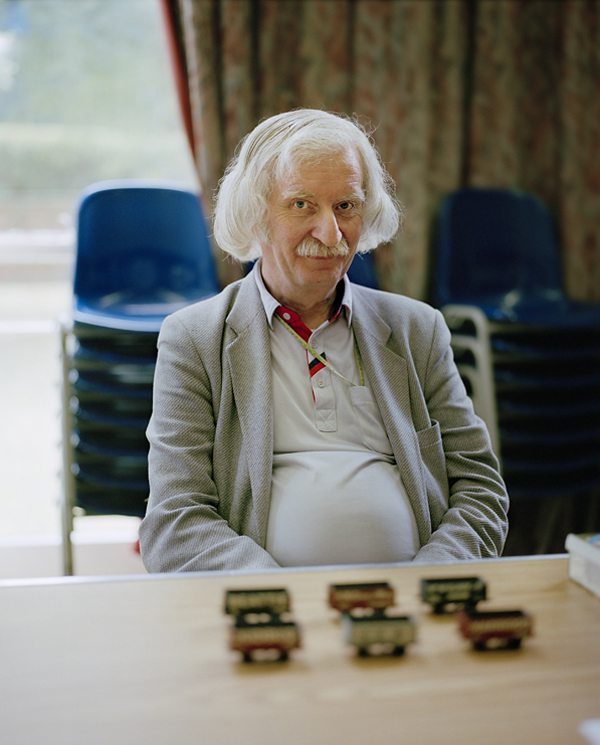
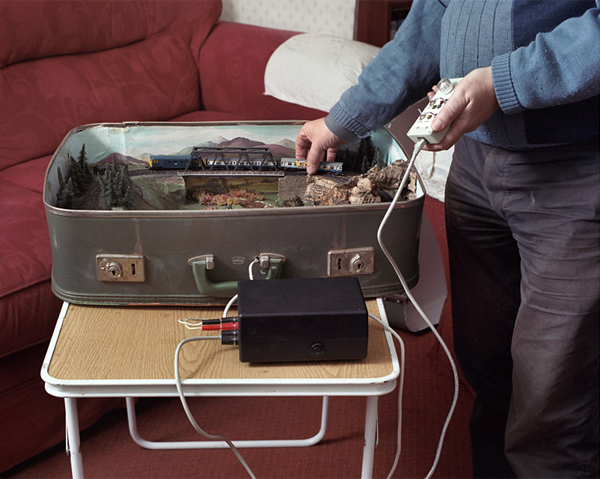
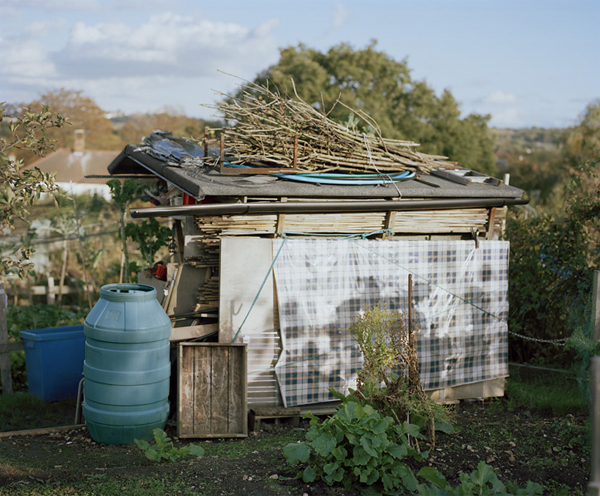
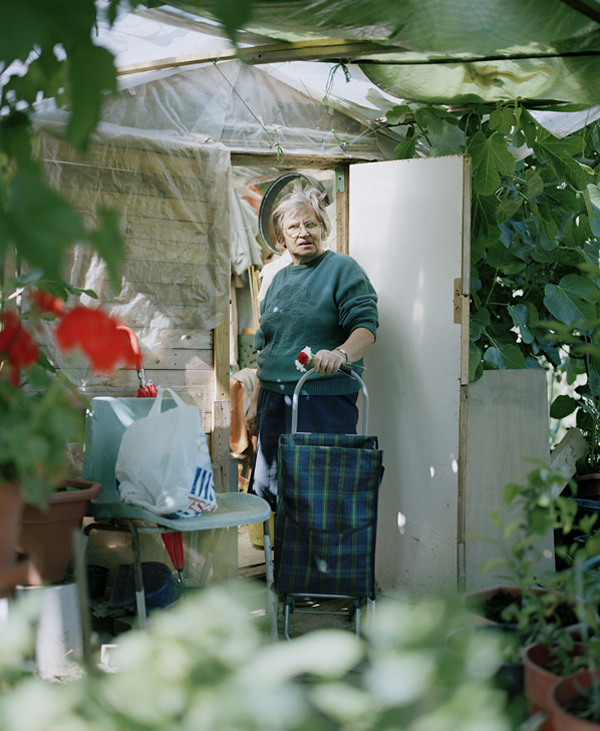
Trainspotting
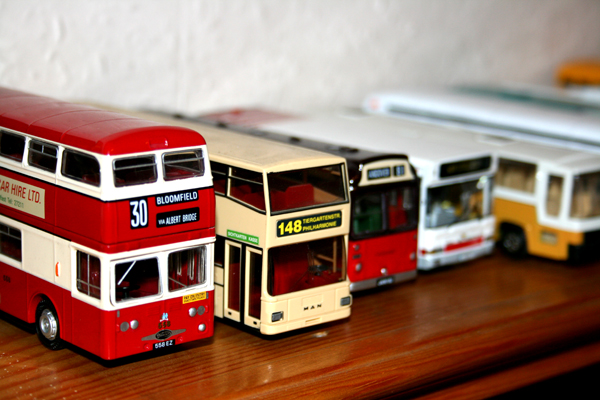
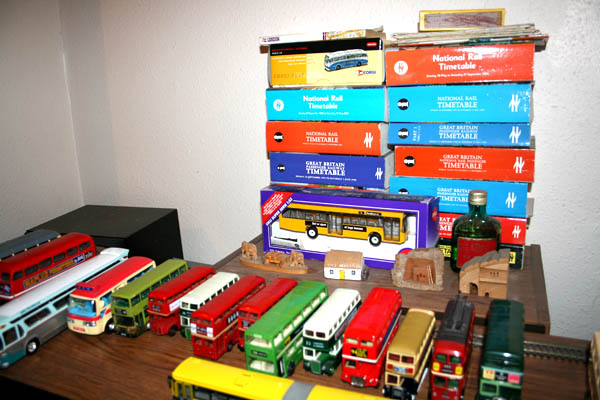
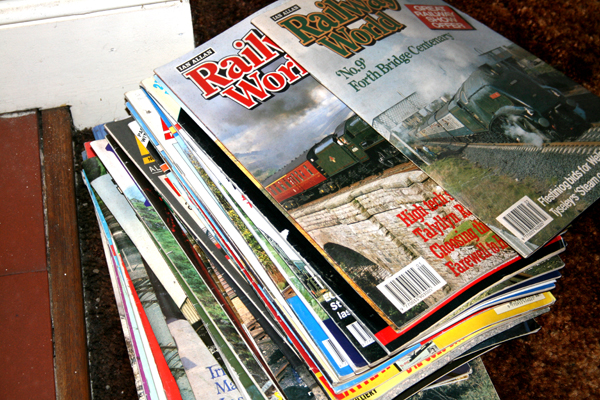
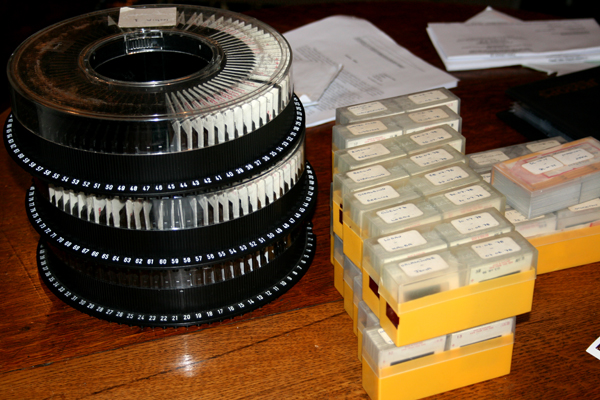
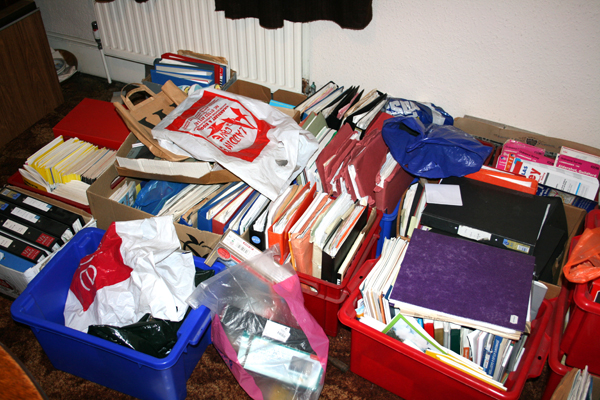 I conducted an interview with an avid transport collector at the weekend. His main interest was in taking slides of steam trains. For this hobby he travelled all over the world with friends and alone to acquire images. After 40 years of collecting he speculated that there were approximately 15-20 thousand images in his collection. He spoke about how slides were his preferred medium as they allowed for simultaneously display within the social group of the trainspotter. He meets up with 4 friends every year and each displays the slides taken 30 years ago and also those taken last year. He spoke about how in the desired image for the collection was one of combined quality between locomotion and location. In pursuit of new acquisitions he was arrested twice in communist East Germany (when the Berlin Wall was still up). On trying to rationalise the Why? of the collection he spoke about wanting to capture the memory of an experience and then to be able to share this. This memory of an experience led to comfort and satisfaction and he talked about the pleasure derived from a tangible record.
My Conclusions:
I conducted an interview with an avid transport collector at the weekend. His main interest was in taking slides of steam trains. For this hobby he travelled all over the world with friends and alone to acquire images. After 40 years of collecting he speculated that there were approximately 15-20 thousand images in his collection. He spoke about how slides were his preferred medium as they allowed for simultaneously display within the social group of the trainspotter. He meets up with 4 friends every year and each displays the slides taken 30 years ago and also those taken last year. He spoke about how in the desired image for the collection was one of combined quality between locomotion and location. In pursuit of new acquisitions he was arrested twice in communist East Germany (when the Berlin Wall was still up). On trying to rationalise the Why? of the collection he spoke about wanting to capture the memory of an experience and then to be able to share this. This memory of an experience led to comfort and satisfaction and he talked about the pleasure derived from a tangible record.
My Conclusions:
Collection & Context.
Continual process and movement.
Tangible, physical, tactile objects of memories and experiences.
Shared experience of display.
Predictable, repetition, control.
Freud's House
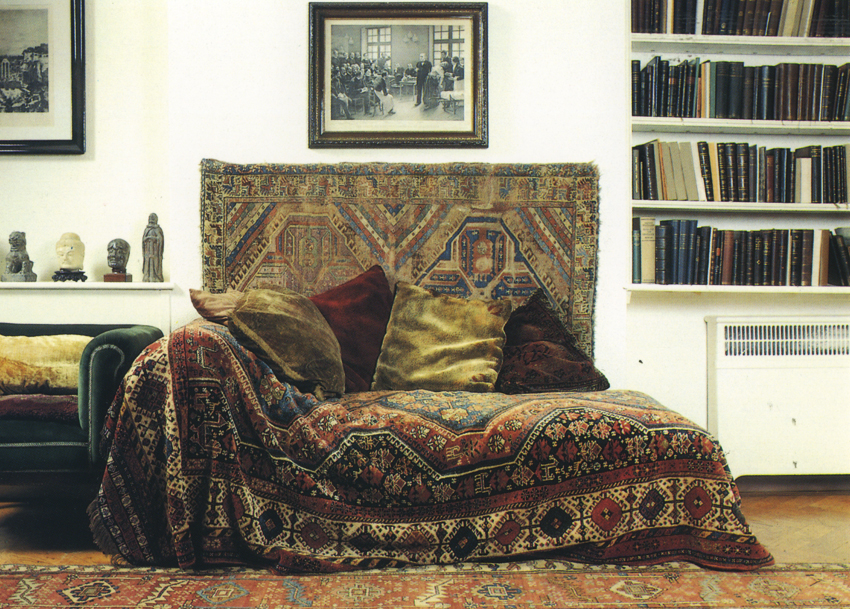
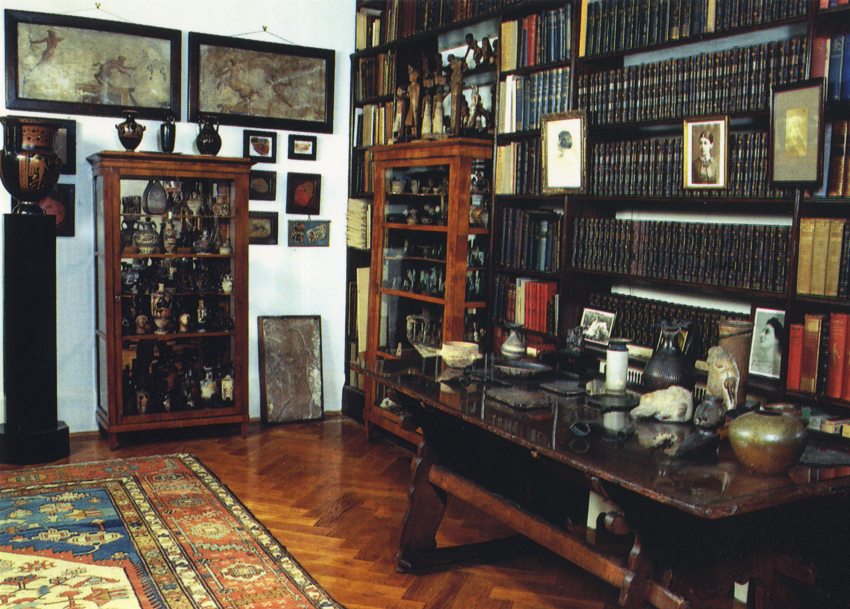
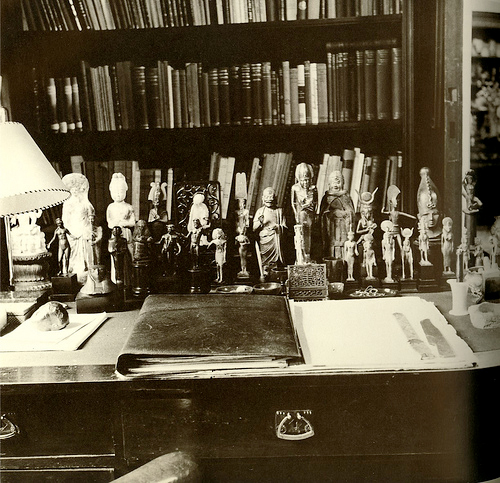 Went over to Freud's house in Finchley at the weekend. He only lived there for about a year of his life (he died shortly after leaving Nazi occupied Austria, in 1939) But importantly it houses his library, furniture and collections. His passion for collecting ancient artefacts, was second only to his addiction to cigars apparently- many small figurines were housed cabinets, shelves and noteably filling approximatley half of his desk- i'm going to refrain from talking about fetishism here or suggest that a historical item from some egyptian burial chamber is an absent phallus. Freud used his collection as a metaphor for psychoanalysis using it to show how conscious material wears away whilst the unconcious is relativley unchanging- i.e. in being buried, the artefacts in the room were preserved. There are very few things connecting Freud's collection together; the fact that the great man owned them is probably validation enough as to their criteria for being a collection, however they were all very old some up to 4500 years old, of either ancient near eastern, greco, egyptian, roman or chinese. The most interesting thing about this carefully accumulated, kept and displayed 'museum' is how subjective it is. Anyway, I think he's an interesting guy with an interesting collection- i hope i can say more later about it but this might be it.
Went over to Freud's house in Finchley at the weekend. He only lived there for about a year of his life (he died shortly after leaving Nazi occupied Austria, in 1939) But importantly it houses his library, furniture and collections. His passion for collecting ancient artefacts, was second only to his addiction to cigars apparently- many small figurines were housed cabinets, shelves and noteably filling approximatley half of his desk- i'm going to refrain from talking about fetishism here or suggest that a historical item from some egyptian burial chamber is an absent phallus. Freud used his collection as a metaphor for psychoanalysis using it to show how conscious material wears away whilst the unconcious is relativley unchanging- i.e. in being buried, the artefacts in the room were preserved. There are very few things connecting Freud's collection together; the fact that the great man owned them is probably validation enough as to their criteria for being a collection, however they were all very old some up to 4500 years old, of either ancient near eastern, greco, egyptian, roman or chinese. The most interesting thing about this carefully accumulated, kept and displayed 'museum' is how subjective it is. Anyway, I think he's an interesting guy with an interesting collection- i hope i can say more later about it but this might be it.



